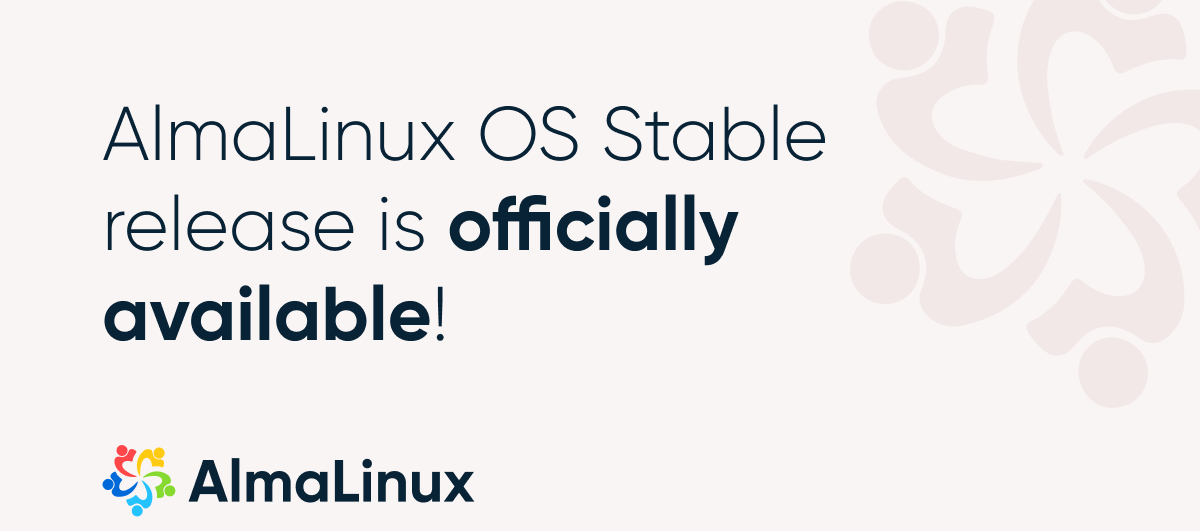
After 4 months of hard work, the AlmaLinux developers (who are the ones behind CloudLinux) announced the release of the first stable version of the distribution, created in response to Red Hat's premature withdrawal of support for CentOS 8 (it was decided to discontinue the release of updates for CentOS 8 in late 2021, and not in 2029, as users assumed).
The project was founded by CloudLinux, which provided resources and developers, and was transferred under the wing of an independent nonprofit AlmaLinux OS Foundation for development on a neutral site with community involvement.
About AlmaLinux
This stable version of the distribution is developed according to the principles of classic CentOS, consists of rebuilding the Red Hat Enterprise Linux 8 package base and preserves full binary compatibility with RHEL, allowing it to be used to transparently replace the classic CentOS 8.
We are very happy to announce that today we are releasing the first stable version of AlmaLinux. That's right, you can download the stable version and use it anywhere you need a stable and reliable Linux distribution. In addition, for some time now we also have the conversion script in our GitHub repository, so you can also convert your system to AlmaLinux stable using it if you don't feel like reinstalling from scratch.
The version is based on Red Hat Enterprise Linux 8.3 and it is completely identical in functionality with the exception of changes related to rebranding and removal of RHEL-specific packages such as redhat- *, insights-client, and subscription-manager-migration *. All developments are published under free licenses.
Regarding updates for AlmaLinux, the distribution branch is based on the base of the RHEL 8 package and It is promised to launch until 2029. The distribution is free for all categories of users and is developed with the participation of the community and using a management model similar to the organization of the Fedora project.
AlmaLinux is trying to find the optimal balance between corporate support and community interests; On the one hand, CloudLinux resources and developers, who have extensive experience in supporting RHEL forks, are involved in the development, and on the other hand, the project is transparent and controlled by the community.
System images are prepared for x86_64 architecture in the form of a boot image (650 MB), minimum (1.8 GB) and full image (9 GB). In the near future, it is also planned to release versions for the ARM architecture.
In addition, it should be noted that to migrate existing installations of CentOS 8 to AlmaLinux, developers offer la download a script special which you just have to download and run. The script can be obtained from this link.
So after about 4 months since the decision to steer CentOS down a different route, you now have a 1: 1 binary compatible direct replacement, with a very long support time period. You can use it for any general purpose computing need, in full installations, in virtual machines, in containers, in cloud providers; we cover it with official images for all those cases.
As for people who are interested in the source code of the distribution, they should know that on GitHub it has already been published and the source code, in addition to that the main download repository has also been published.
Finally, it should also be mentioned that lThe company also announced the formation of a non-profit organization that will assume responsibility for managing the AlmaLinux project in the future. CloudLinux has committed an annual endowment of $ 1 million to support the project.
Get AlmaLinux
For those who are interested in being able to obtain the image of the system to be able to carry out the installation on their computers or to be able to test the distribution on a virtual machine.
They can get the system image from the link below.